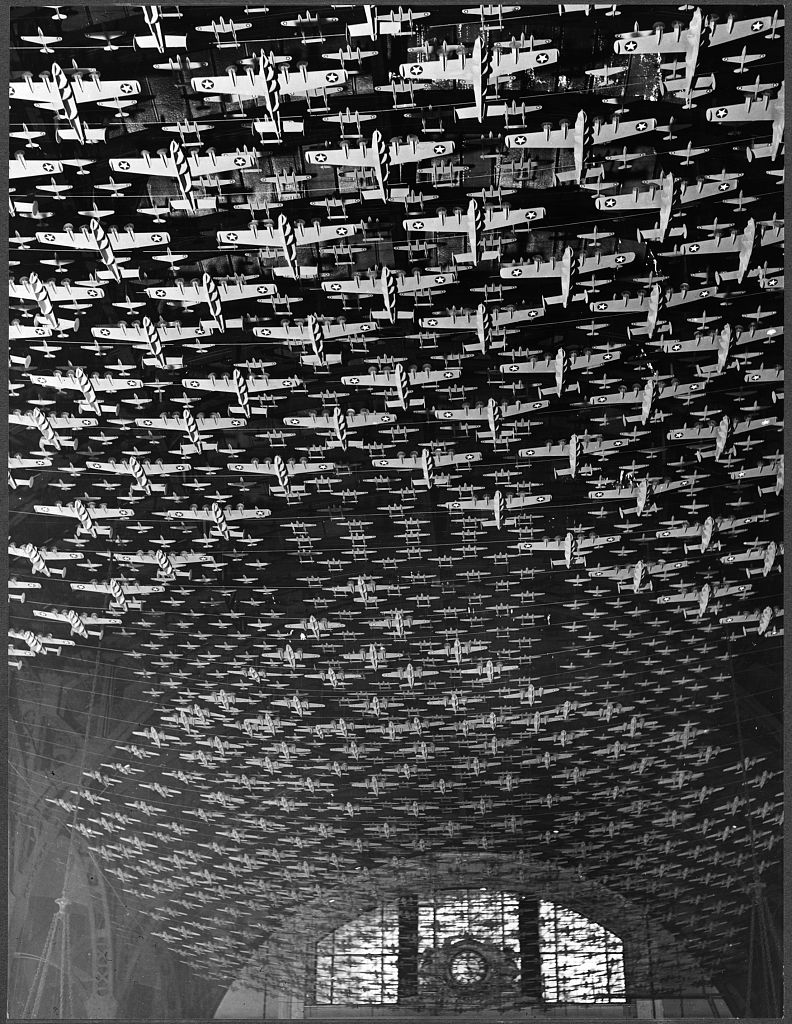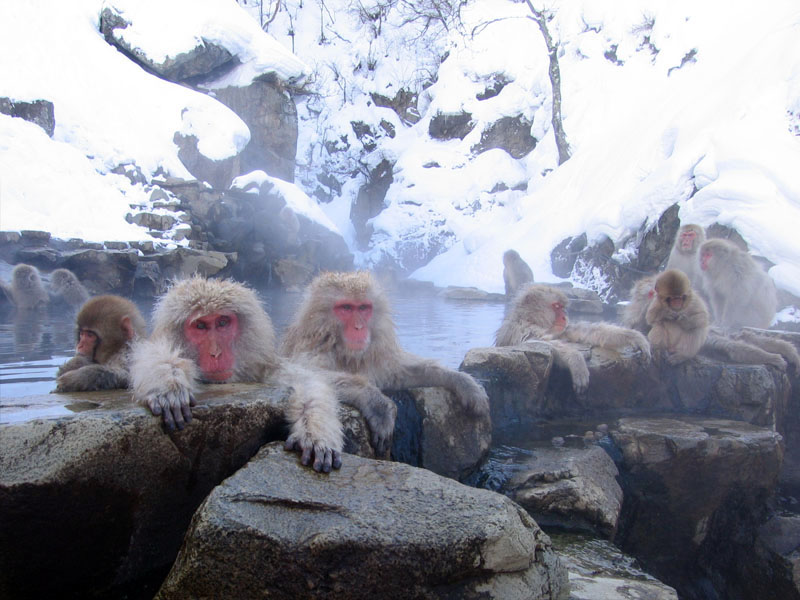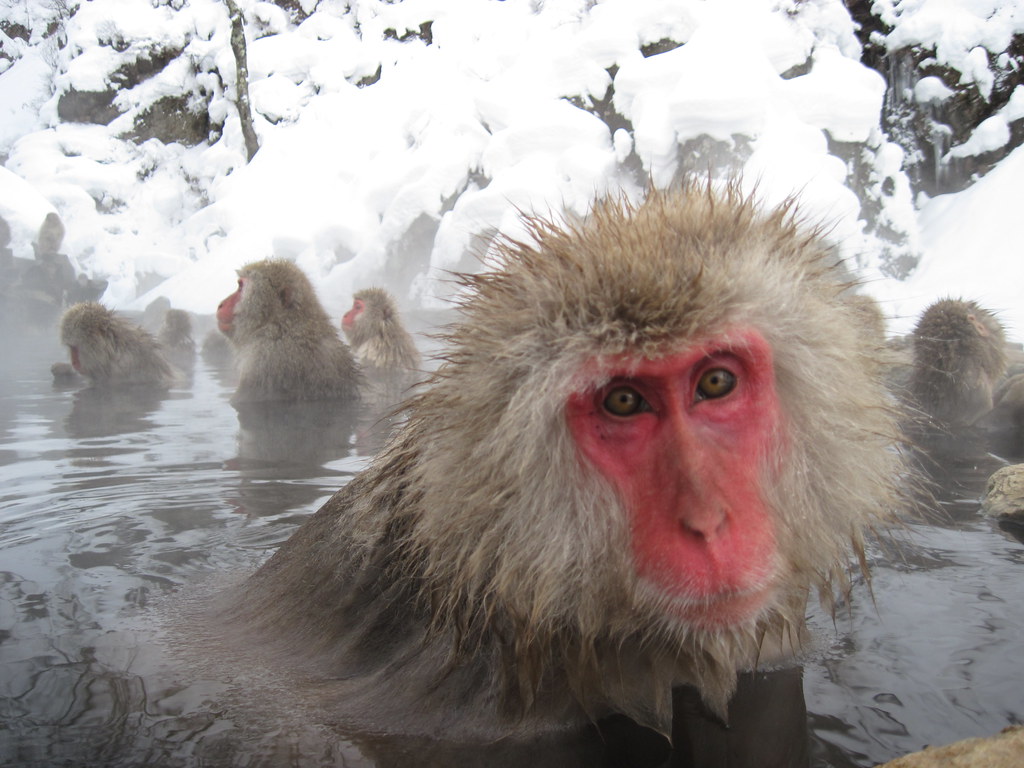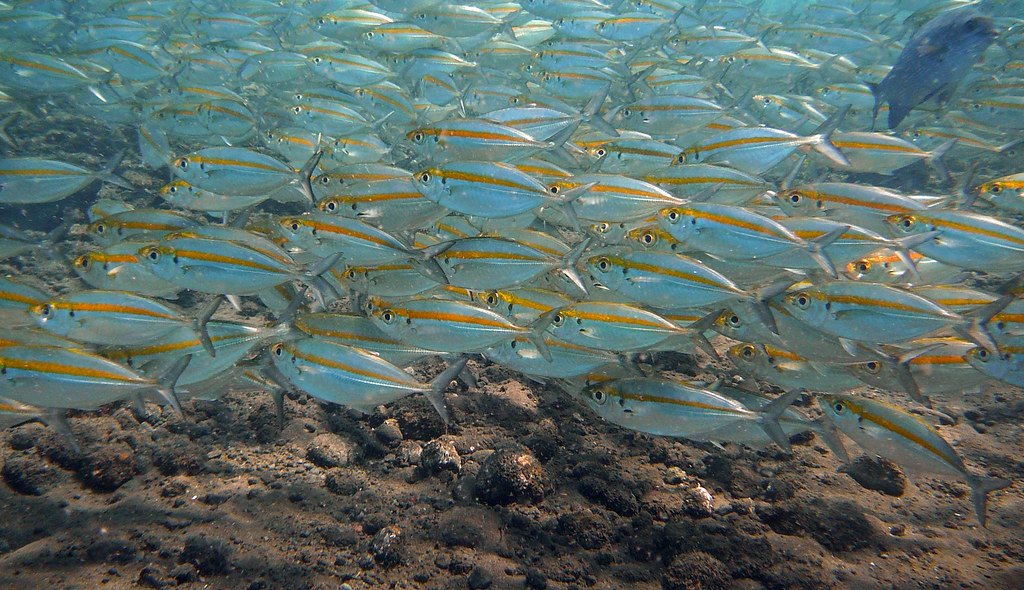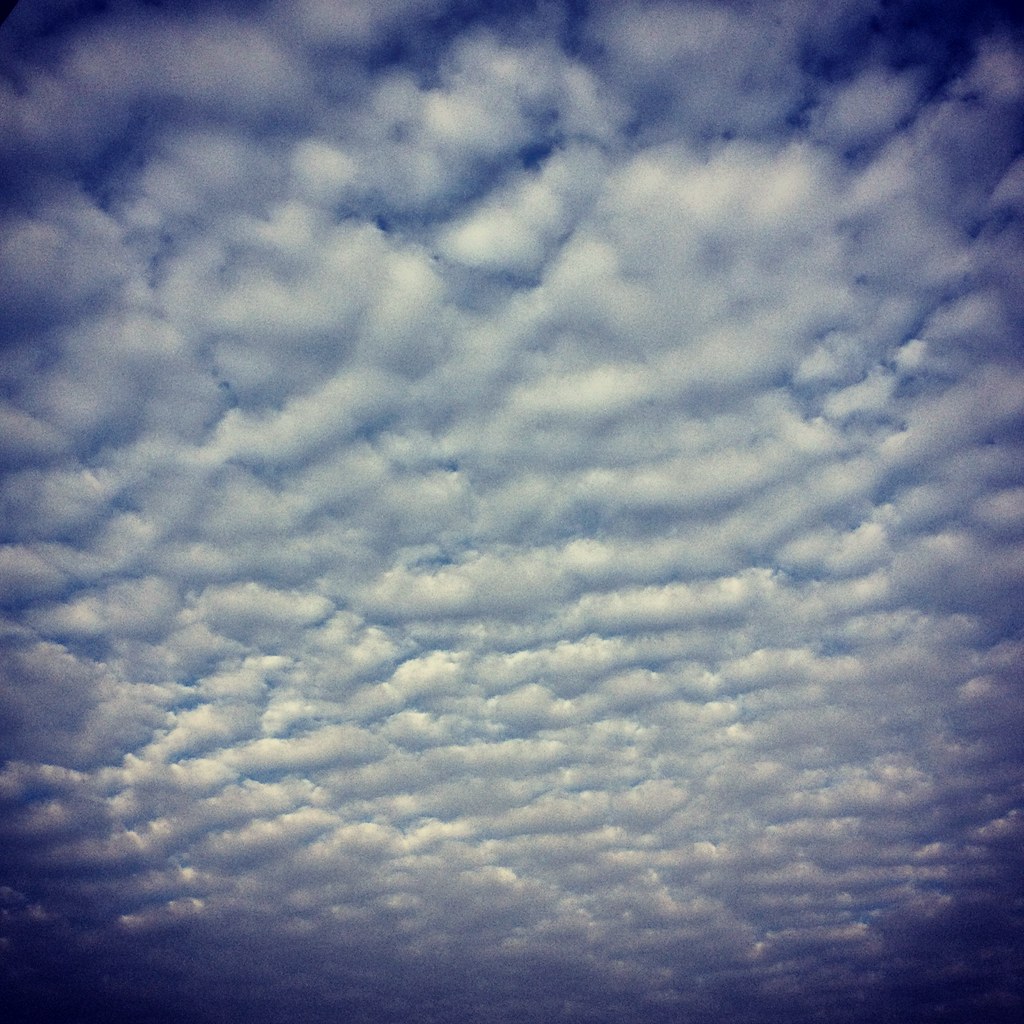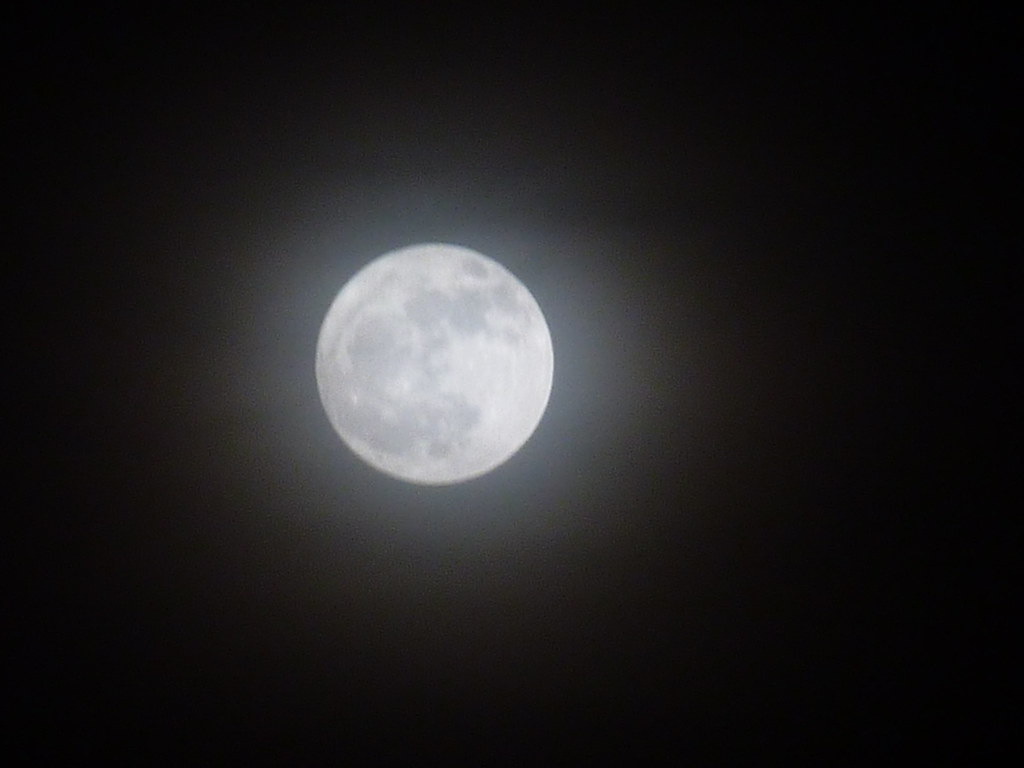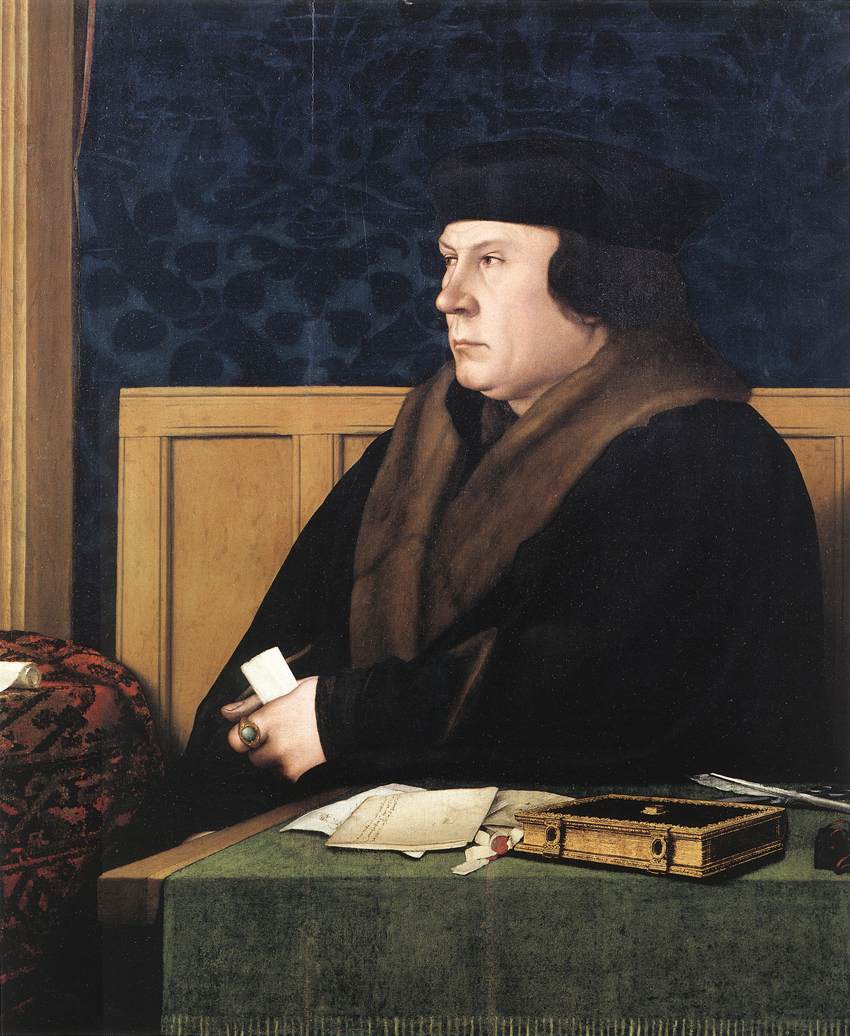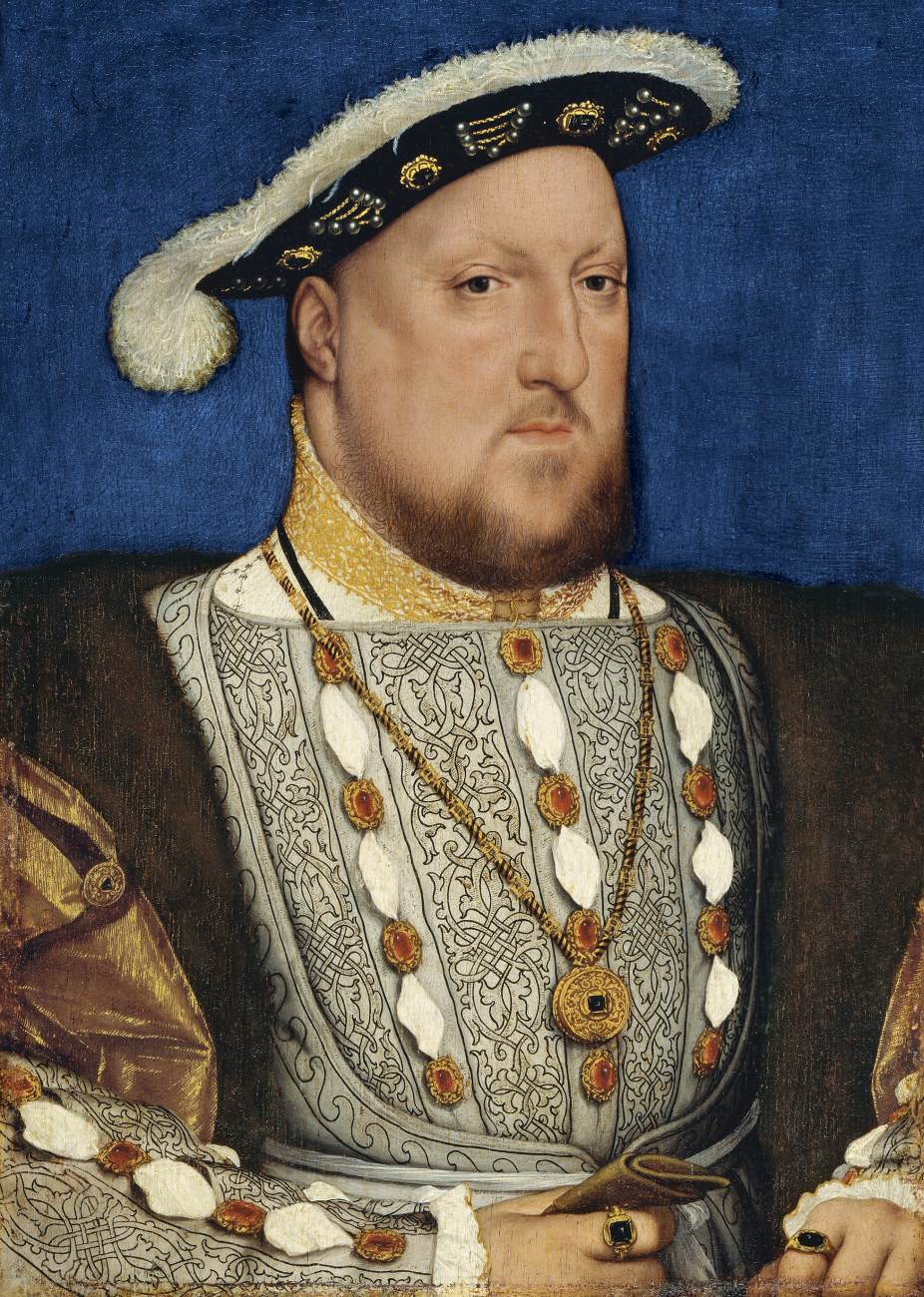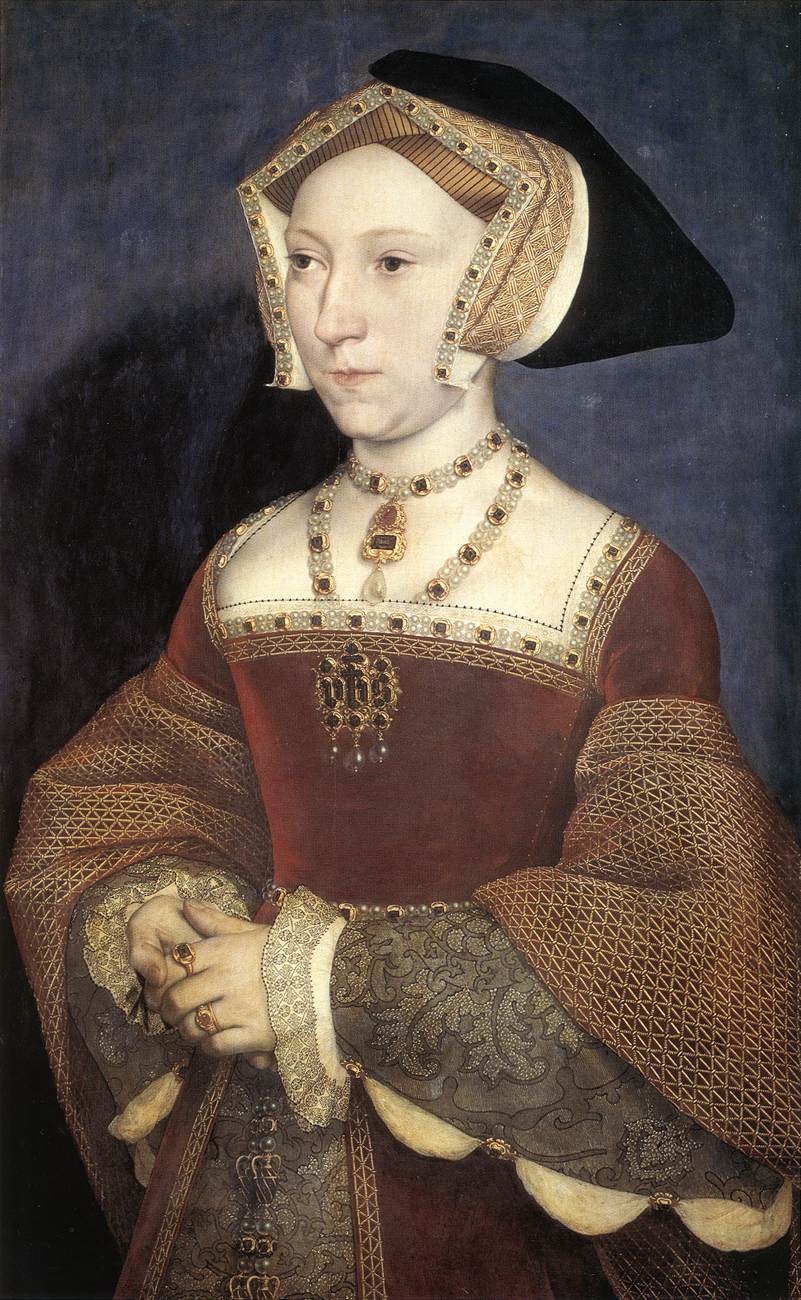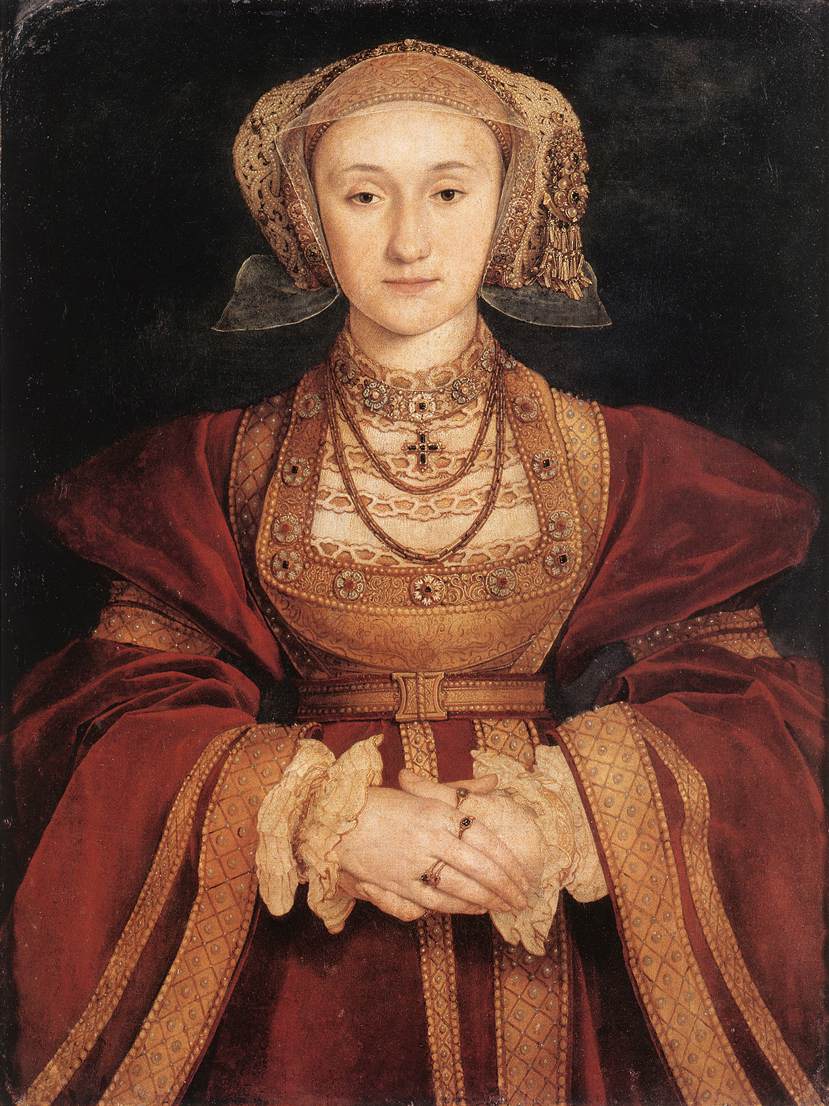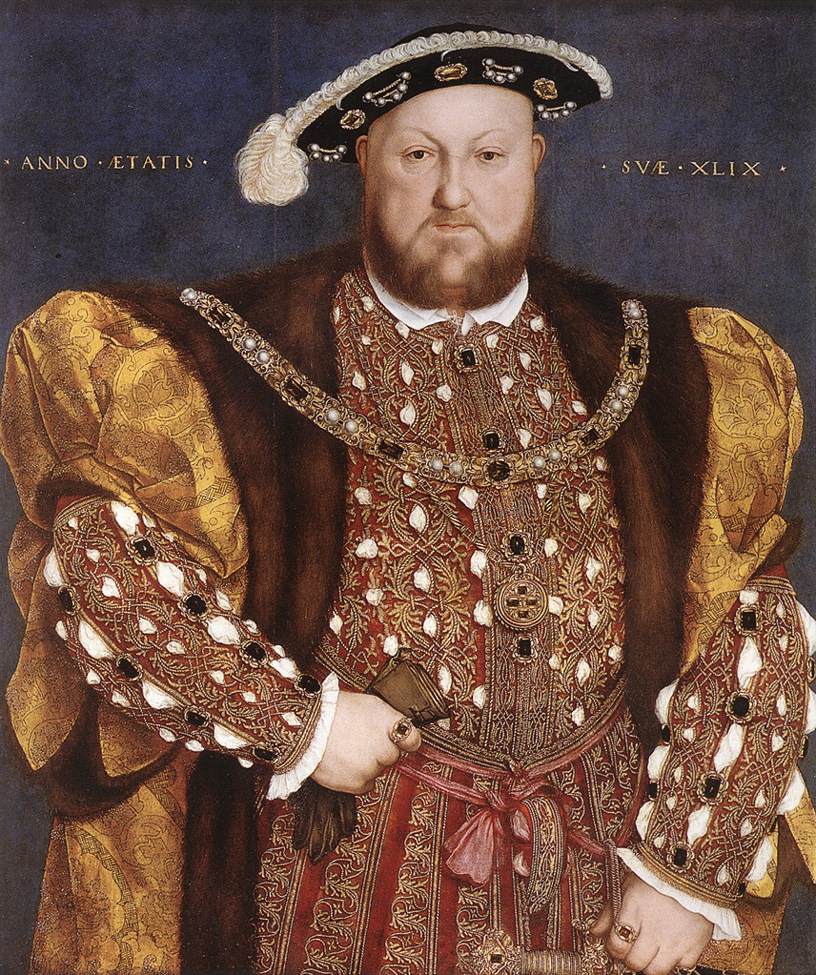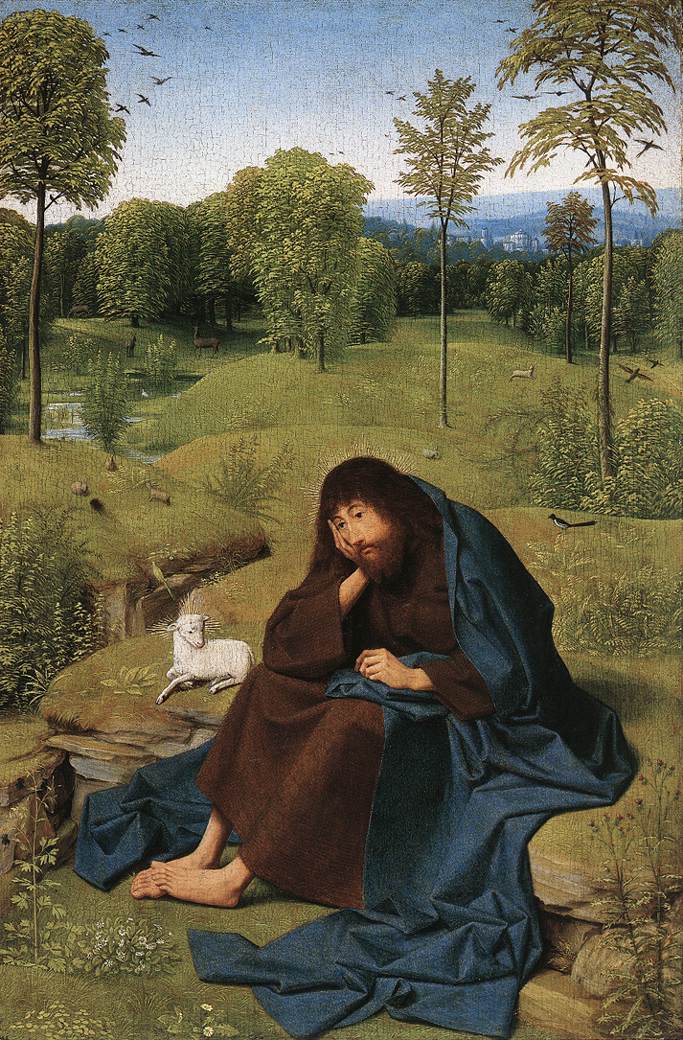.
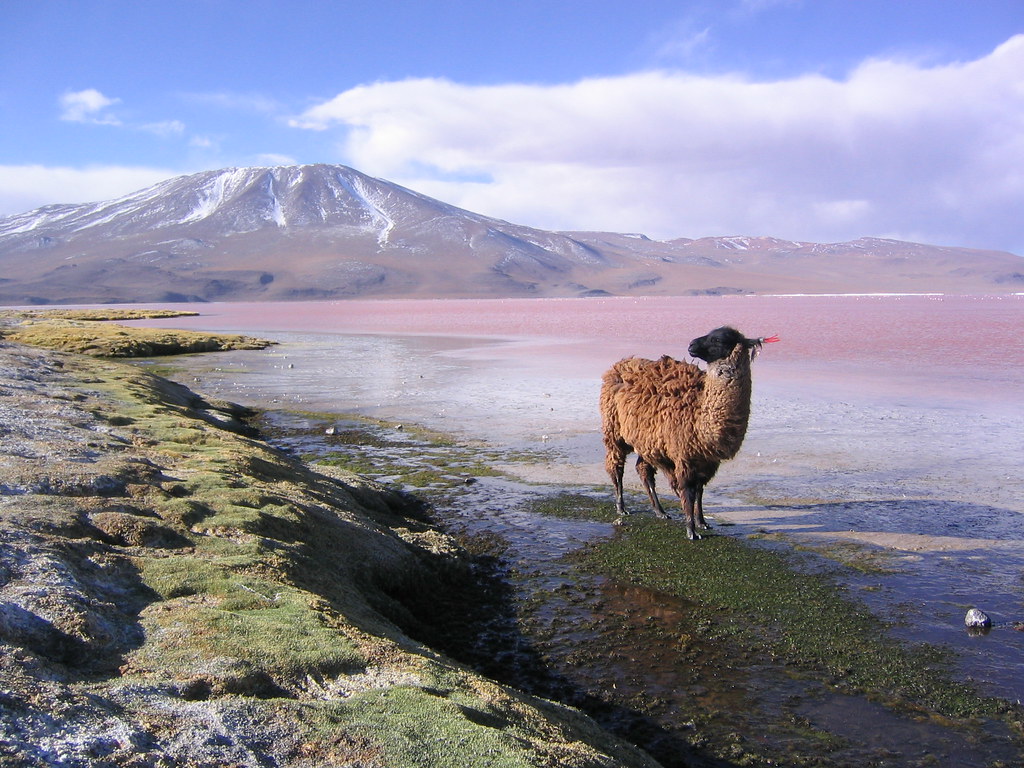
Llama on Laguna Colorada, with Punta Grande in the background, Salar de Ayuni, Bolivia: photo by Phil Whitehouse, 31 August 2004
Bright Moments
when it all makes sense
"deciphers"
a great crystal forest
enchanting
terrifying
because it seems only a sneeze away
from incomprehensible chaos
whose lineaments we are
only beginning to
decipher
"whose lineaments
we are"
well you go out there
& then come back in-
to the midst of whatever
awful things
the people who "make" money
make an awful lot of money
make money off of
but here walks a portly or is it potty? bearded person
carrying shopping bag moving along
up the street in big white sneakers
having descended from stately vintage Checker Cab
it is God
forever unemployed
but really muy contento
Anselm Hollo (b. Helsinki, Finland, 12 April 1934, d. Boulder, Colorado 29 January 2013): Bright Moments, 1988, from Outlying Districts, 1990
Sad time, but many sweet memories of a lovely poet and fine friend of a half-century.
The dear person gone, but it's hard not to feel Anselm's spirit is still here with us in the genius of his poems: a high dry strain of the art, always luminous, the swift nimble wit forever a relief, sometimes just that right bit salty -- and the heart presence an abiding radiance of its own order, a shining.
Our mutual friend George Mattingly, publisher of much of Anselm's best work, tipped me to the news in the night. I put my head down upon the consolation and prayer beanbag and drifted off into a strange dream reverie of traversing the Laguna Colorada with Anselm and Joe Ceravolo. How strange the disordered mentations of age. The Green Lake Is Awake, and the Red Cats are running upon the distant silent peaks. Muy contento.
Another mutual pal alas now no longer with us, Bob Creeley, introduced Anselm's great book Sojourner Microcosms (1977, produced by George and Lucy Mattingly's Blue Wind Press, Berkeley), thus:
The dear person gone, but it's hard not to feel Anselm's spirit is still here with us in the genius of his poems: a high dry strain of the art, always luminous, the swift nimble wit forever a relief, sometimes just that right bit salty -- and the heart presence an abiding radiance of its own order, a shining.
Our mutual friend George Mattingly, publisher of much of Anselm's best work, tipped me to the news in the night. I put my head down upon the consolation and prayer beanbag and drifted off into a strange dream reverie of traversing the Laguna Colorada with Anselm and Joe Ceravolo. How strange the disordered mentations of age. The Green Lake Is Awake, and the Red Cats are running upon the distant silent peaks. Muy contento.
Another mutual pal alas now no longer with us, Bob Creeley, introduced Anselm's great book Sojourner Microcosms (1977, produced by George and Lucy Mattingly's Blue Wind Press, Berkeley), thus:
There is a quality in Anselm Hollo's person and poems which I value absolutely, and would call, for lack of a better term, a persistently integral manhood. For myself, the world is often a flux of shifting centers, a diverse and irresolute complex of 'points of view'—as if, each time, what might stay as measure of acts, either those of others or of my own, had insistently to be discovered in the moment. Which may well be the fact of one's Americanism, that this world has no incremental experience or habit with which to take hold and make judgment.
But, truly, the point is that Anselm Hollo is not only 'European' but a Finn, which is to say he has both the solid human realness of the Nordic and also the intensive visionary mind of those specific people. There is always a laughter in him, an extraordinary chuckling roar that is not mocking or contemptuous. It is literally the laughter of a man who lives daily, humanly, in the physical event of so-called existence—and, despite its trials and troubles, finds it good.
Here, then, the wit, the deftness, the active life of a primary man come again and again to form, to a thing said in the abiding pleasures of that possibility. No one will ever know more or less.
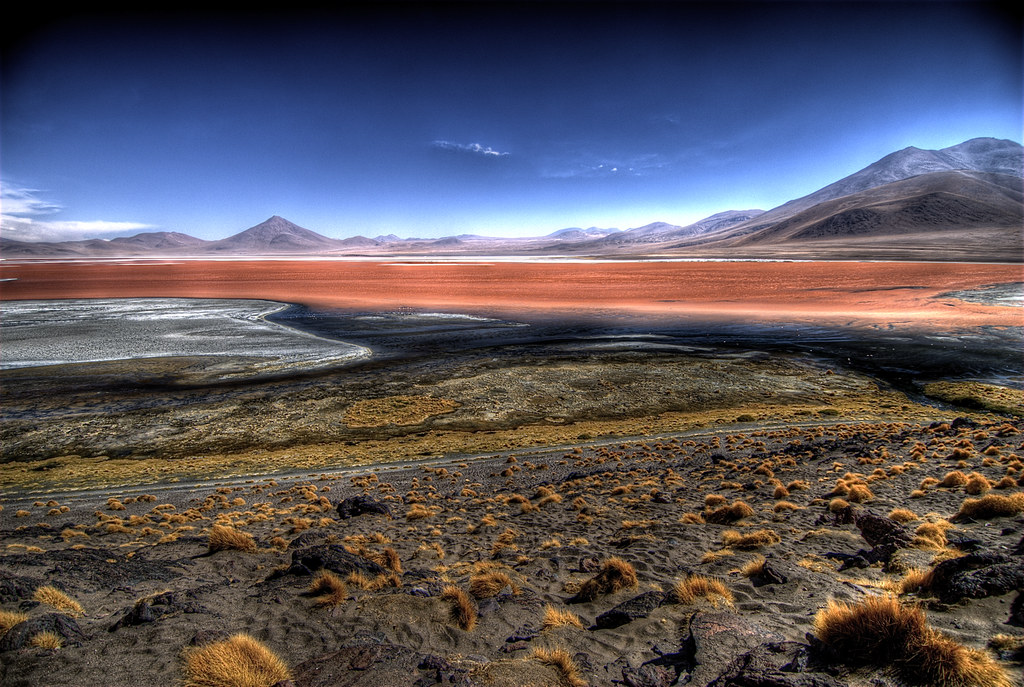
Laguna Colorada, near Uyuni, Bolivia: photo by Ville Miettinen, 13 November 2007
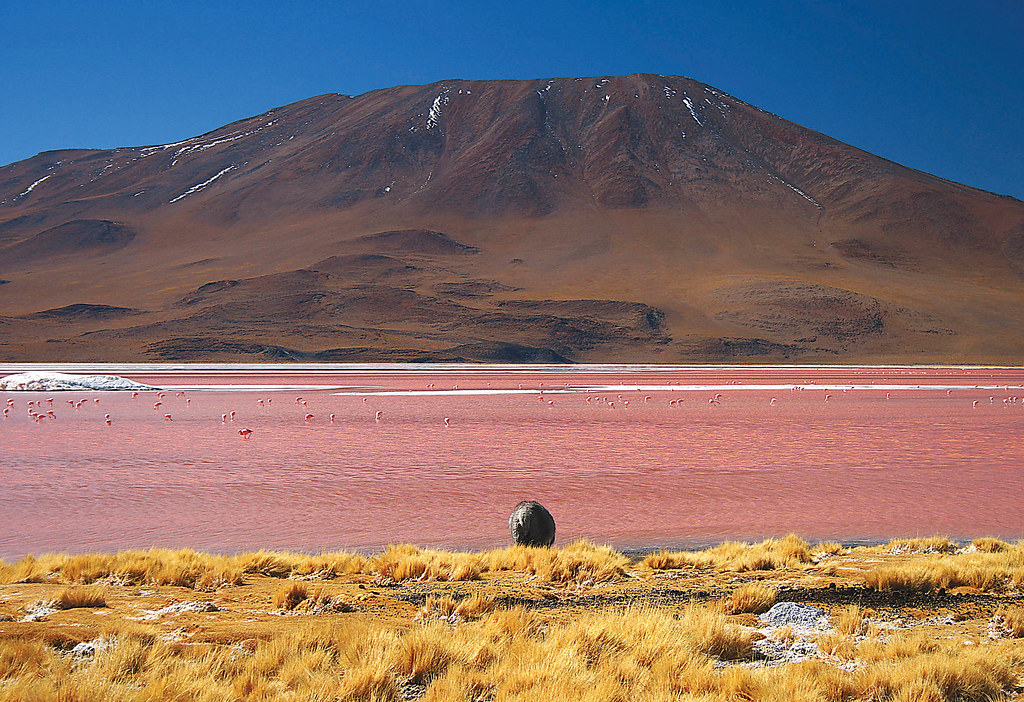
Flamingoes on Laguna Colorada, Salar de Uyuni, Bolivia: photo by Valdiney Pimenta, c. 20 August 2007

Oh vida! Laguna Colorada, Salar de Uyuni, Bolivia: photo by Valdiney Pimenta, c. 20 August 2007
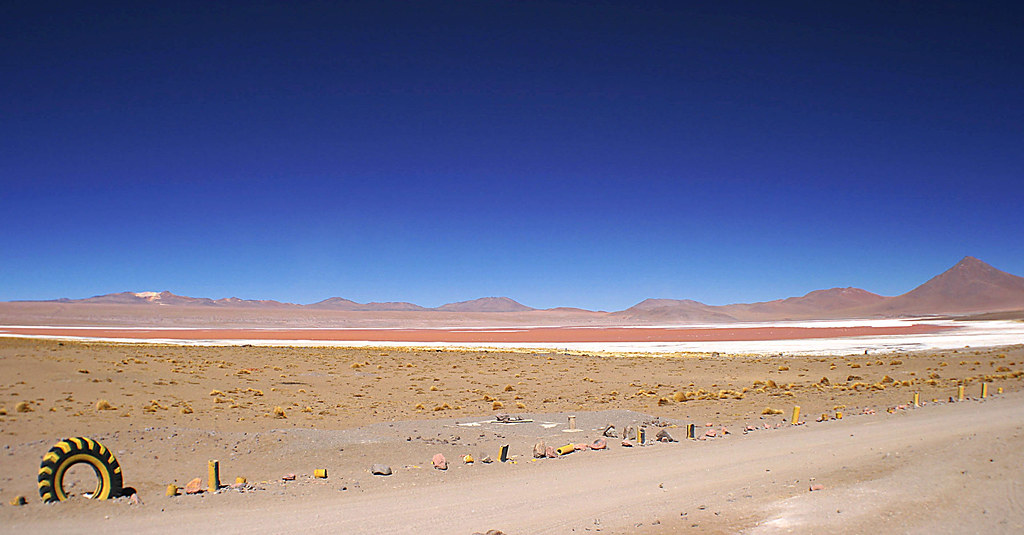
Chegando a Laguna Colorada. Laguna Colorada, Salar de Uyuni, Bolivia: photo by Valdiney Pimenta, c. 20 August 2007
View over the Laguna Colorada, Bolivia: photo by Christian Mehlführer, 23 February 2009
Laguna Colorada, Bolivia, panorama 2: photo by Darkmagic, May 2008
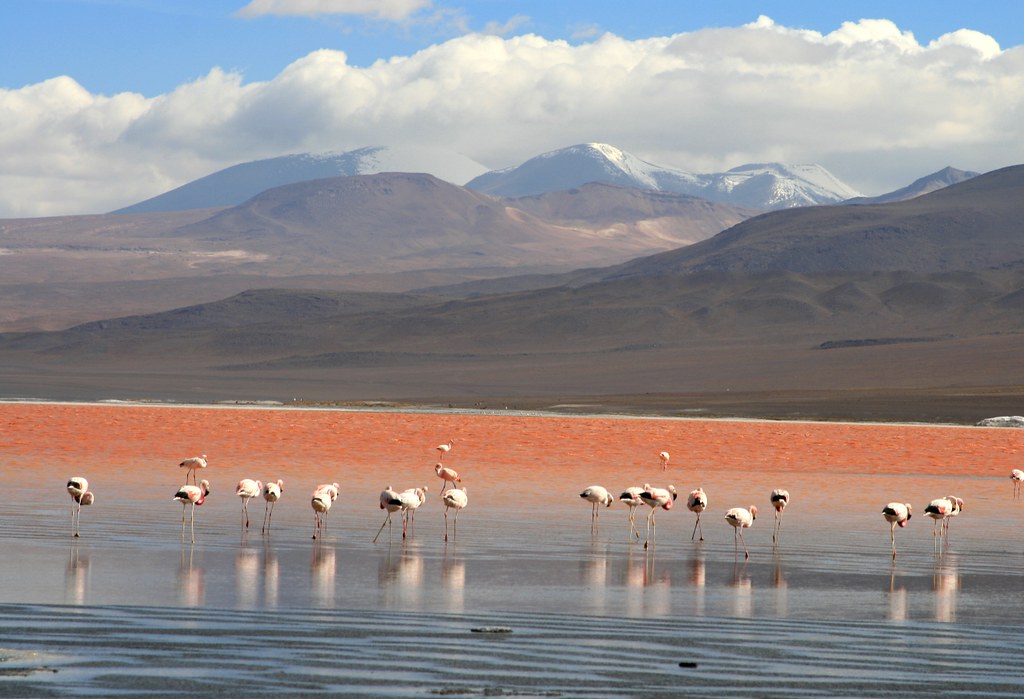
Flamingoes in Laguna Colorada, Ayuni, Bolivia: photo by Carlos Adampol Galindo, 23 February 2008
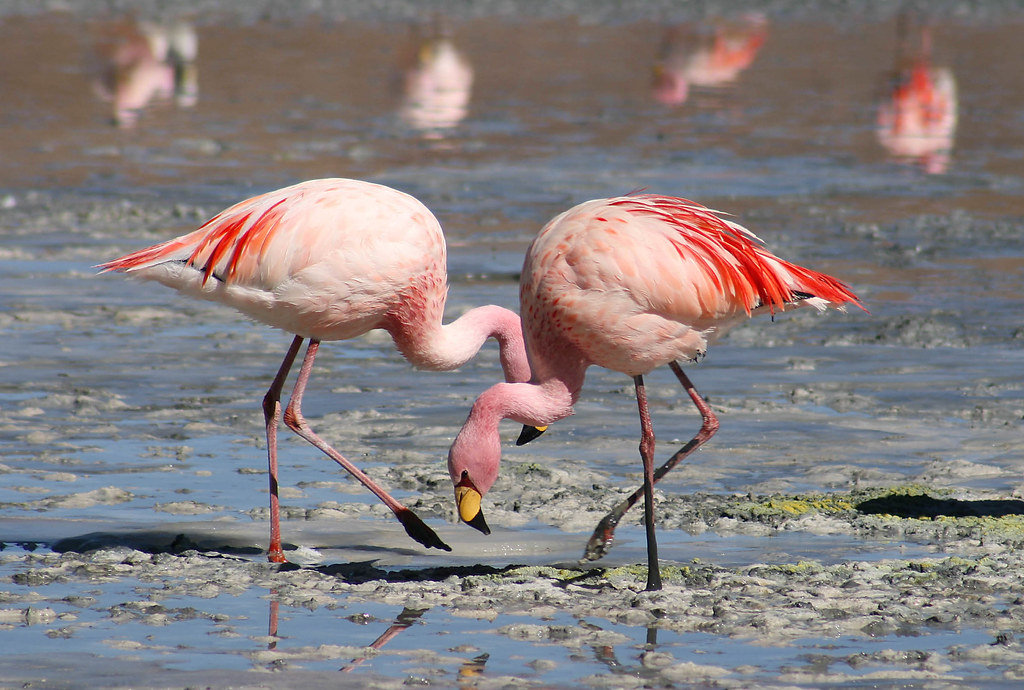
James's Flamingos at Laguna Colorada in Bolivia: photo by Valdiney Pimenta, c. 20 August 2007
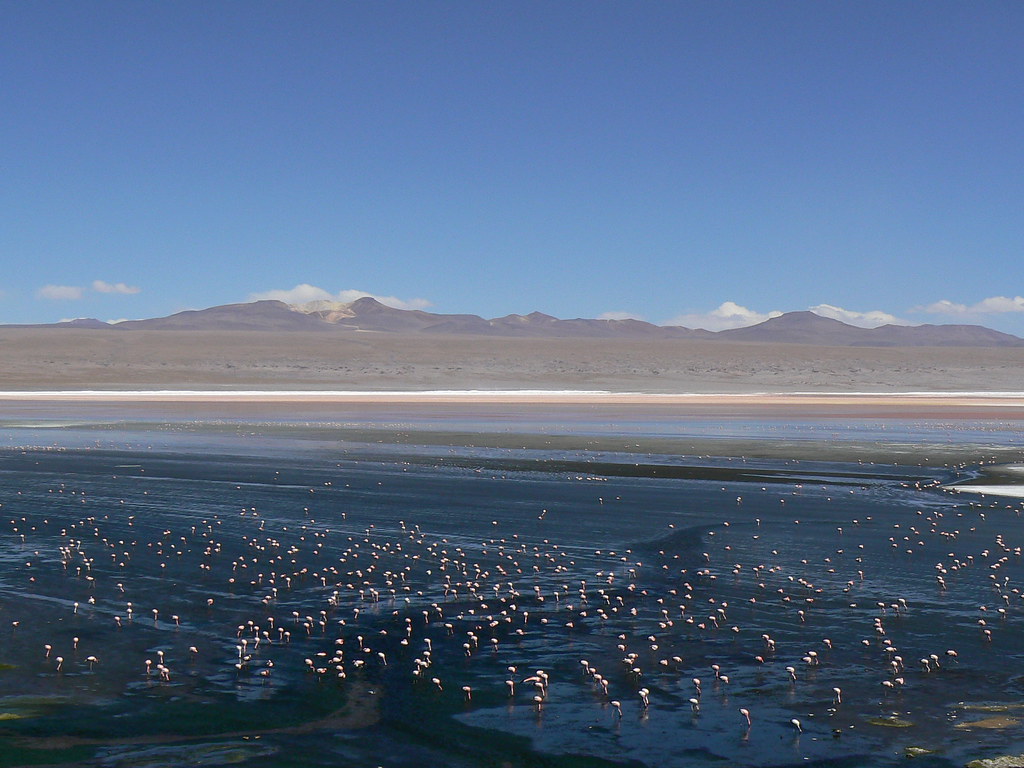
Phoenocopterus jamesi (James's Flamingoes, aka Puna Flamingoes) on Laguna Colorada, Bolivia: photo by Sarah and Iain, 12 December 2006
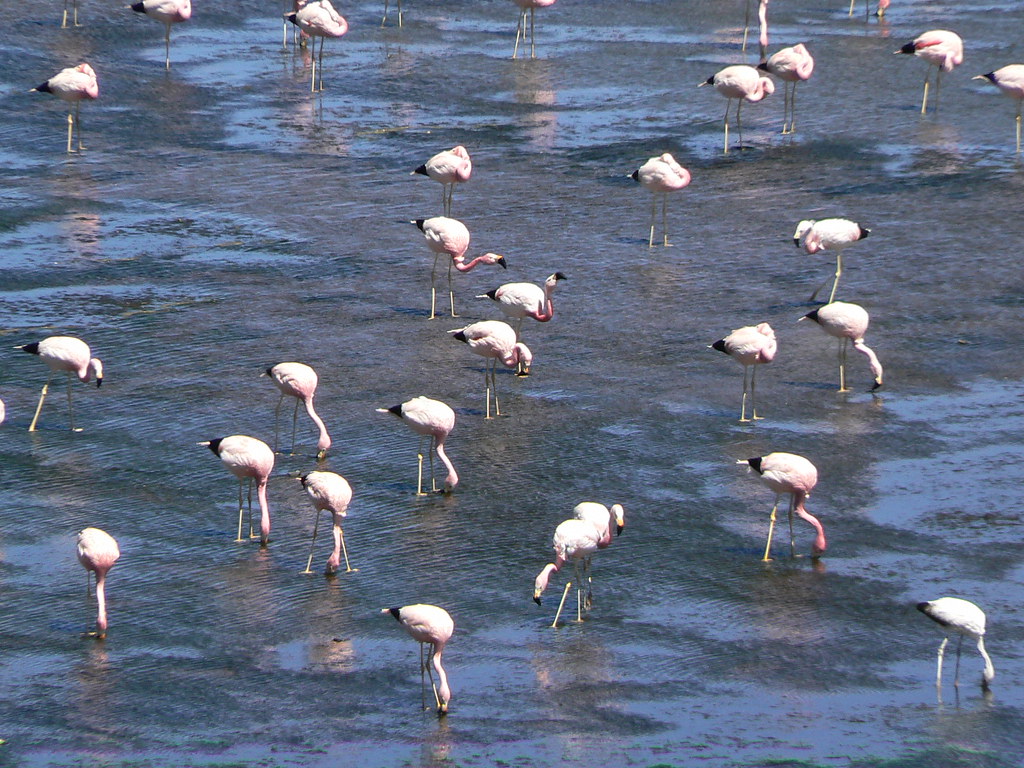
Phoenocopterus jamesi (James's Flamingoes, aka Puna Flamingoes) on Laguna Colorada, Bolivia: photo by Sarah and Iain, 12 December 2006
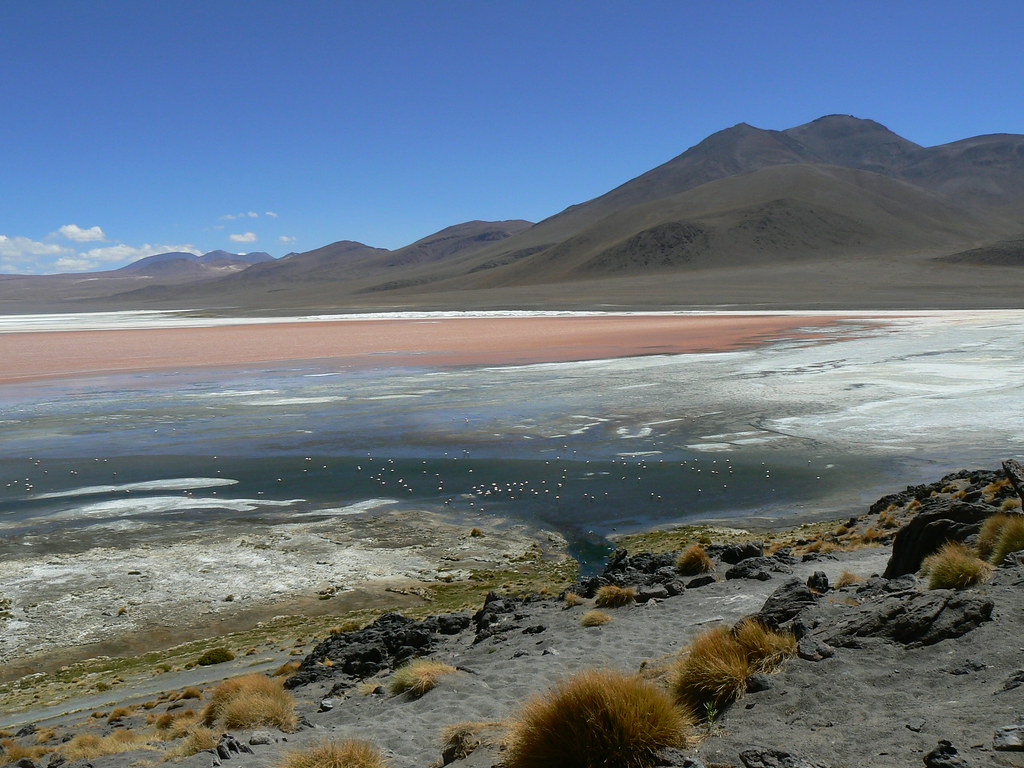
Phoenocopterus jamesi (James's Flamingoes, aka Puna Flamingoes) on Laguna Colorada, Bolivia: photo by Sarah and Iain, 12 December 2006
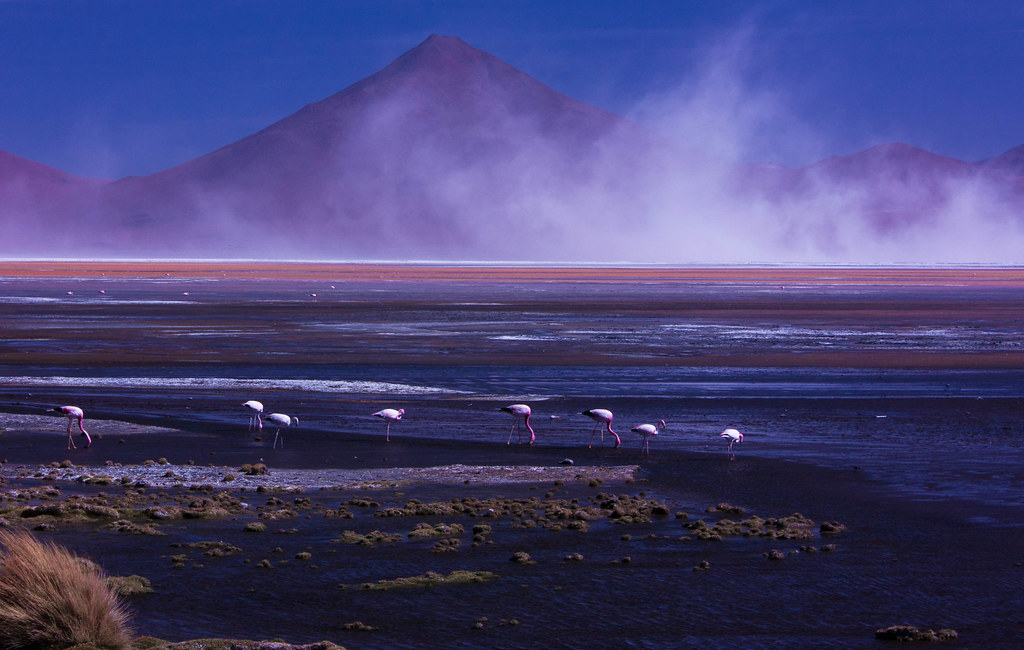
Clouds of salt stirred by the harsh afternoon wind on Laguna Colorada, Bolivia: photo by rackyross, 11 January 2011
RIP, mon cher Anselm. See you on the altiplano.






